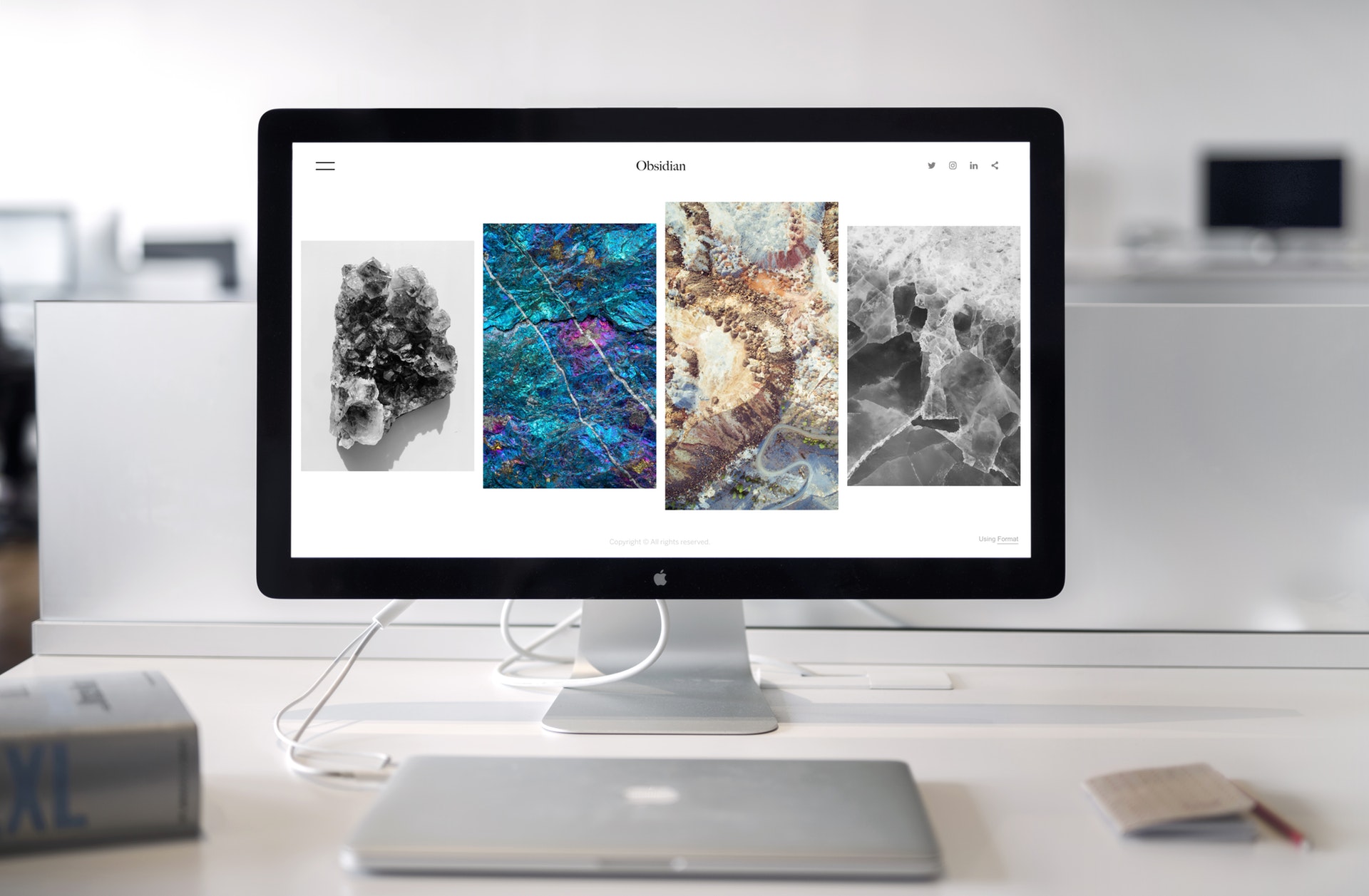How to Improve your Google Image Search Ranking
When it comes to running your business website, if you know how to optimize it, then make sure to do just that. And the same thing can be said about the images that can be found on your business website. In other words, the images on your website represent another way to drive organic search traffic. Google Image SEO is just as important as optimizing your text pages, even though it usually gets overlooked. With this in mind, you might be surprised at just how much traffic your images are already sending to your business website.
The main reason why Google images are so important is because they represent a path that your target audience can use to reach your website and discover your content. That being said, Google has made some significant changes to Google Images that put more emphasis on both quality and relevance. If you are running a mobile website, using lightweight images strategically is the key to success. And now, to help you drive more traffic to your website from image search, here are some things that you can do to optimize images for your website!
Create High-Quality, Original Content
When it comes to search engines, more often than not, they reward high-quality pages. This applies to both the information on your web page that your image is hosted on and the image itself. Simply put, Google discourages web pages where neither the images nor the text are original content. What this means is that you should always use your own photos and make your own graphic elements. And what if you really need to use a stock photo?
Well, there are many different ways to modify a stock photo image to make it unique. For example, you can download a stock photo image and then crop them, add overlay text to them, apply a filter or two to them, and much more. Keep in mind that Google includes metadata support for crediting images to the proper author and rights holder.
Use Relevant Images
Make sure to always choose or create images that are relevant to the overall theme of your website. This includes pretty much anything and everything from a diagram, to an infographic, to an appropriate photograph. Remember that most (if not all) search engines are more likely to rank a picture when it is on a web page that will satisfy the visitor’s intent with more relevant content.
READ: Enhancing your Website’s Outlook by Editing the Image Content
Always Use a Descriptive File Name
While it is true that this is an often overlooked step, that doesn’t mean that it is any less important than any other step on this list. But there is a quick and sweet solution to this problem. When you prepare and save your image file, make sure to accurately describe the photo. You don’t have to use too many words here. In fact, around five words or less would be the right amount.
Analyze the Content Around the Image
Why not try putting some text around your image? But don’t put just anything around the image. Instead, make sure that the text is able to give some context in regards to what the visitor is looking at. Also, don’t forget to optimize the page metadata! This is very important because Google shows relevant information about the web page in Google Images results.
That being said, when it comes to optimizing images, it is very important for you to pay extra attention to the page’s metadata. This includes both the title and meta description of the image. These two things are very important because they give both the user and search engine more context. Keep in mind that Google might not use your metadata word for word though. However, your metadata will definitely be a part of Google’s information processing. Google images are known to automatically generate both the title and snippet to best explain each result, as well as how each result relates to the user’s search query.
Ensure Fast Load Time
Performance plays a very important role in the world of image SEO. With this in mind, large images can slow down page load time. However, there are some things that you can do to prevent that from happening to your website. For example, you should always try and keep your image files as small as possible. You should also try and make your images responsive by adjusting their size to fit the user’s device. It is also important to specify how much space each image is going to take up.
Creating an Image Sitemap
Creating an image sitemap is considered to be an optional step, which means that you don’t necessarily have to do it, but you can grab some nice benefits by doing it. Simply put, you can create an image sitemap that lists all of the images on your website. By doing this, you make it easier for Google to discover your images.
Make sure to include only original images in your sitemap. Listing images from an external source wouldn’t just be a waste of time, but also a waste of the search engine’s processing budget. And when you think about it, Google will find them on your website anyway. In other words, if an image is unique to your website, feel free to include it in your image sitemap.
Conclusion
As you can see, the changes that Google made to Google Images are often positive for both users and SEOs. Google has once again surprised its users and elevated the standards for websites to create high-quality content. Keep in mind that the world of image SEO will most likely continue to evolve, but many of its basics will probably always stay the same. In the end, the ultimate goal is to create the best experience for people who decide to visit your website.
That being said, you should always provide your website visitors with original, useful content with high-quality images. You should also ensure that your website is as fast as possible, just so your visitors don’t have to wait for pages to load. By doing this, you might end up attracting more visitors to your website.
READ: How to Successfully Maintain Your SEO Rankings when Redesigning your Website









